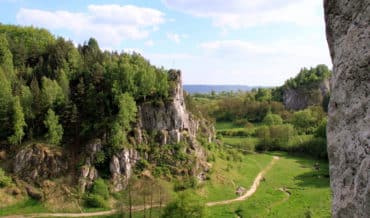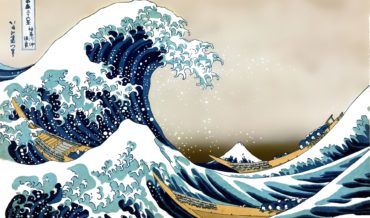The year 1517 is considered the beginning of the Reformation, when Martin Luther announced 95 theses. Initially, the Reformation thought did not find recognition in Poland. In 1520, King Sigismund the Old forbade the importation of Luther’s writings, and in 1526 he was punished with the death penalty for deviating from Catholicism. The first victim of this punishment, fortunately, the only one, was Katarzyna Weiglowa Zalaszowska, from Kraków. In 1539, for the fact that she changed her faith, she was sentenced to death by the bishops’ court and burned alive in the market square. After this event, the first discussions on the Reformation began in the city. In 1522, the first home evangelical services took place in Wola Justowska and in the neighboring Chełm. The first public service took place in Krakow in the Boner garden behind the Mikołajska Gate. The first Evangelical print was published in 1543, followed by the Catechism, and then the Postylla by Mikołaj Rej and others. In the following years, an Evangelical gymnasium was established, and after five years a cemetery was established. Despite the privilege of freedom of worship given by King Zygmunt August, the church was destroyed many times. After the fire of the Krakow church, it was not rebuilt, and the cult was moved to the nearby village of Aleksandrowice, and after further harassment, it was moved to the villages of Easter and Łuczanowice. It was only after the Constitution of May 3 in 1791 that the Evangelicals were handed over the church on Grodzka Street, which is still the seat of the Protestant congregation. An evangelical school for children was built right next to it.
Suggested
Suggested contents and articles.
Suggested Contents
In Prądnik Biały district, around the former defensive palace of Kraków’s bishop Samuel Maciejowski, a Renaissance park was established in the 16th century with four ornamental plots, avenues, and lanes of linden, hornbeam, and elm trees. After the Swedish damage to the palace and park, a classicist manor house was
- Knowledge Base, Places to visit
- February 18, 2021
A Polish social and independence activist, soldier, politician, and statesman who lived in the years 1867-1935. From 1893, a member of the three-person Central Workers’ Committee of the PPS, in 1894-1900 the editor-in-chief of Robotnik. During this time, he often stayed in Krakow. In 1901, after successfully escaping the arrest
- Knowledge Base, People
- January 28, 2021
Contents1 Landscape1.1 Eagles’ Nests Trail1.2 Caves1.3 Bledow Desert2 Visit the Polish Jura Polish Jurassic Highland is a region that consist of limestone rocks, cliffs, valleys and caves that originated in Late Jurassic epoch. It stretches between Krakow and Czestochowa and creates an unusual ecosystem in which completely opposite plants coexist. The region
- Places to visit
- August 25, 2017
Pope John Paul II was head of the Catholic Church from 1978 to 2005, but to Poles, he was much more than that. John Paul II was the second longest-serving and the first non-Italian pope in modern history. He significantly improved the relations between the Catholic Church and other world’s
- Community
- January 3, 2017
Contents1 Centre of Japanese Art and Technology2 The Manggha Museum3 Museum’s collection4 Tickets and opening hours Centre of Japanese Art and Technology The Manggha Museum was established as the Manggha Centre of Japanese Art and Technology, on the initiative of revered Polish film director, Andrzej Wajda and his wife, Krystyna Zachwatowicz. In 1987
- Attractions, Museums
- November 4, 2016
Comments
All comments.
Comments


